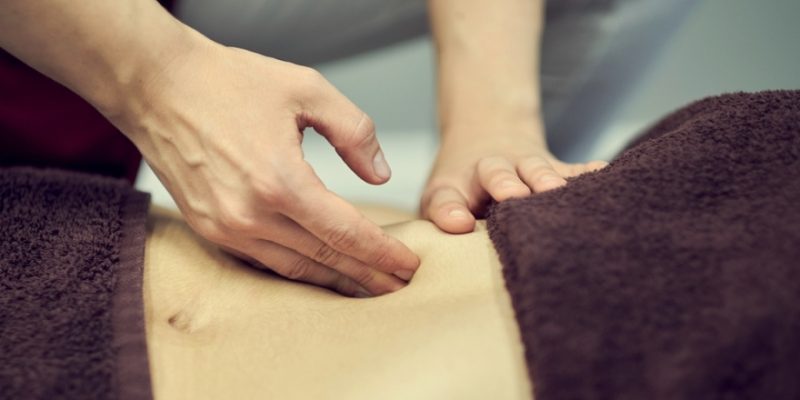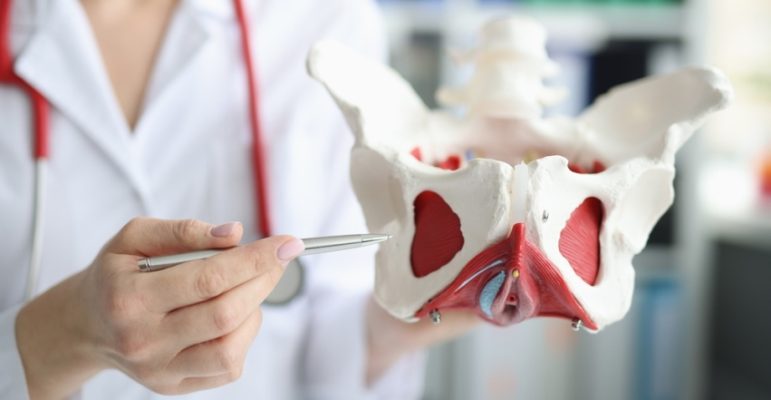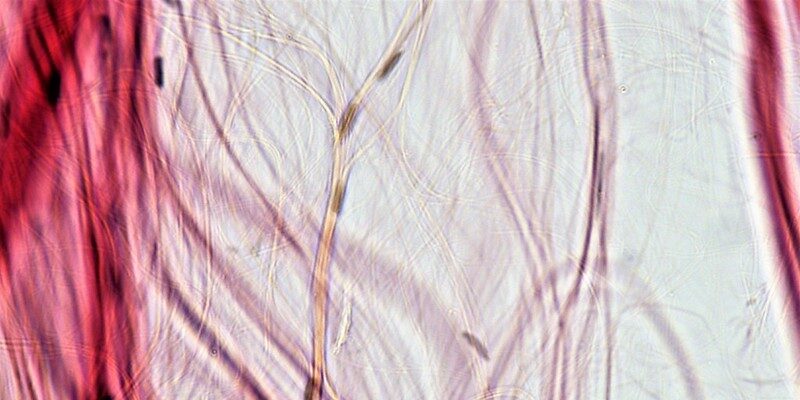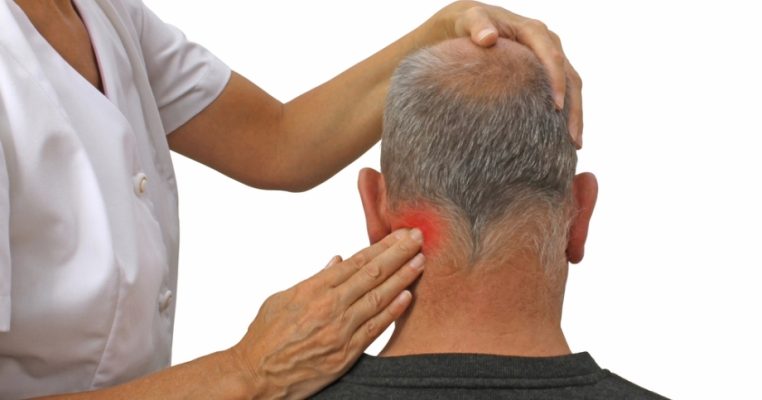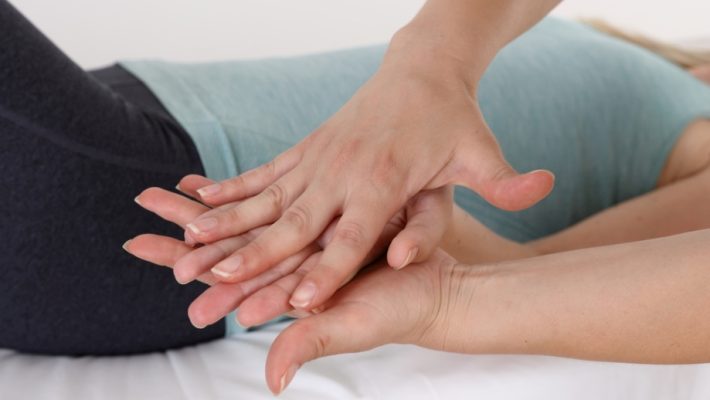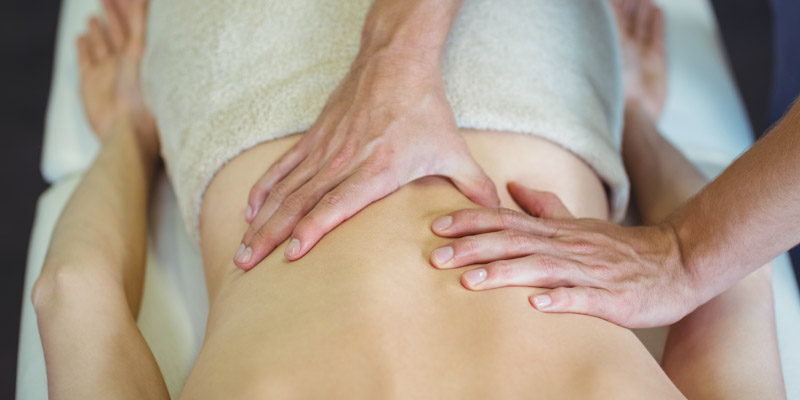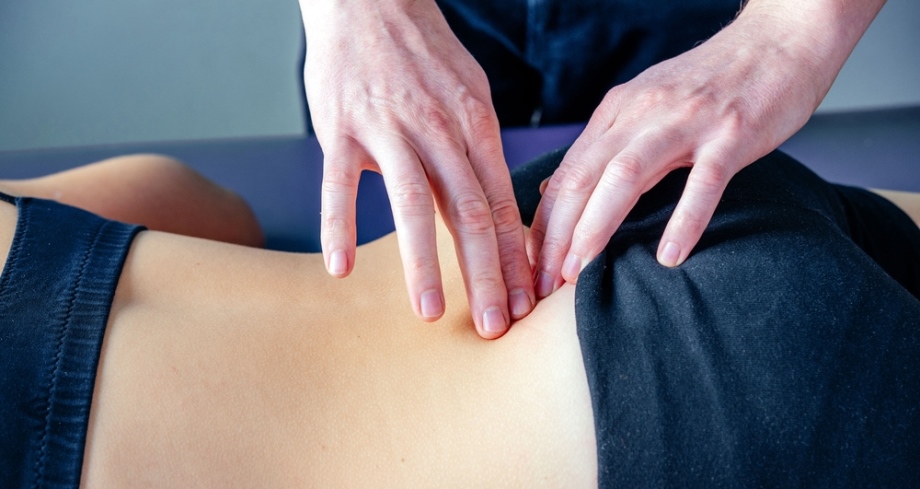
In the context of Body De-Armouring (in American English written as Body De-Armoring or Body Dearmoring) you’ll often see that the term is equated with Muscular De-Armouring, Somatic De-Armouring, or even Emotional De-Armouring.

We’ve already written about the differences between Somatic De-Armouring and Body De-Armouring and about the difference between Body De-Armouring and Emotional De-Armouring, and in this post we’ll discuss the differences between Myofascial De-Armouring and Muscular De-Armouring.
In fact, you’ll find massage and bodywork therapists that rather practice Myofascial De-Armouring, which is about releasing tensions and constrictions of bodily myofascial tissues (a type of connective tissue, often simply called fascia) that surround, protect, stabilize, and hold together muscles, internal organs, bones, joints, blood vessels, and nerve fibers, and so on. These practitioners believe that body-trapped emotions (“stuck” or “stored” trauma on cellular level) are also or rather found in the myofasciae (and other types of fasciae) and perhaps in a lesser degree in muscle tissues.
Hence, in order to de-armour the body they will use Myofascial Release Therapy (also known as Myofascial Release Massage), which is a gentle massage technique that targets the fasciae to release trigger points, knots, and adhesions found on/in fasciae. It’s more gentle than massage work on the muscles, the latter typically consisting of more dense and larger tissue structures.

Moreover, the myofasciae — defined as connective tissue — are indeed connected to other myofasciae in the body, acting as a vast network or web-like structure that surrounds all other body tissues. Therefore, the idea is that tensions or constrictions in one part of the body influence other parts of the body that may be located quite remote from the area worked on. For instance, tensions or contractions of certain myofasciae in the groin area may pull on myofascial tissues located in the neck region, which in its turn may cause headaches. Just to give an example.
If we — with regard to the example given above — for a certain client would assess constricted myofasciae in the groin area as a result of sexual armouring, it would mean that we would need to soften, loosen-up, and physically release the fasciae in the groin area (through myofascial release techniques such as pressure, acupressure and stretches), which would release the locally body-trapped emotions and stagnant energy, thereby not only releasing and healing sexual trauma and local tissue tensions but also resolving the client’s headaches.
By contrast, Muscular De-Armouring rather targets tensions, constrictions, adhesions, knots, and so on in muscle groups, and the techniques used are usually less gentle, and broader, “harder” or “rougher,” and more specifically aimed at releasing trapped emotions and physical pains on a local level. We could perhaps say that Myofascial De-Armouring — apart from having results locally — also works “remotely” on other bodily areas.

Nevertheless, it can sometimes be harder for a therapist to find myofascial tensions and tightness compared to finding muscular tensions. Myofascial tensions and pains are often more subtle and also tend to cause referral pains (through trigger points) and sometimes not even local pains, while muscular tensions, tightness and pains are rather easy to spot and feel with the hands.
On the other hand, we also need to recognize that the myofasciae surround muscles, which means that when we work locally on muscles we actually also work on the fasciae surrounding them. So, depending on the way a massage or bodywork therapist works, such as using acupressure, shaking, rubbing, stretches, or fine-grained trigger point work, Muscular De-Armouring would more or less also automatically include Myofascial De-Armouring, which would not be the other way around.
At any rate, the main differences between Myofascial De-Armouring and Muscular De-Armouring consist of what sort of bodily tissues is worked on, and what type of massage techniques are used. The goal still remains the same: releasing bodily tensions, blockages, and restrictions in order to come to emotional and trauma release, and in its tail — also resolving physical health issues.





